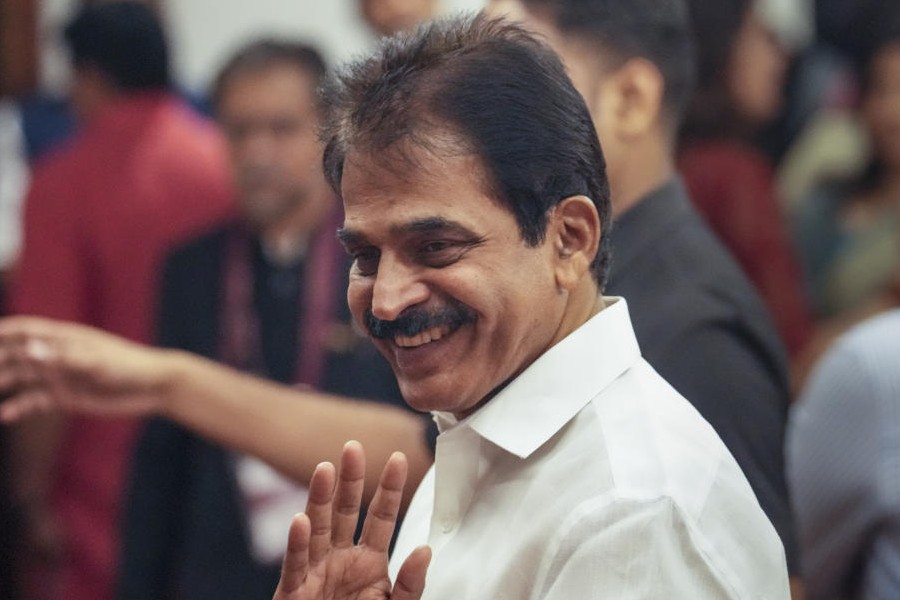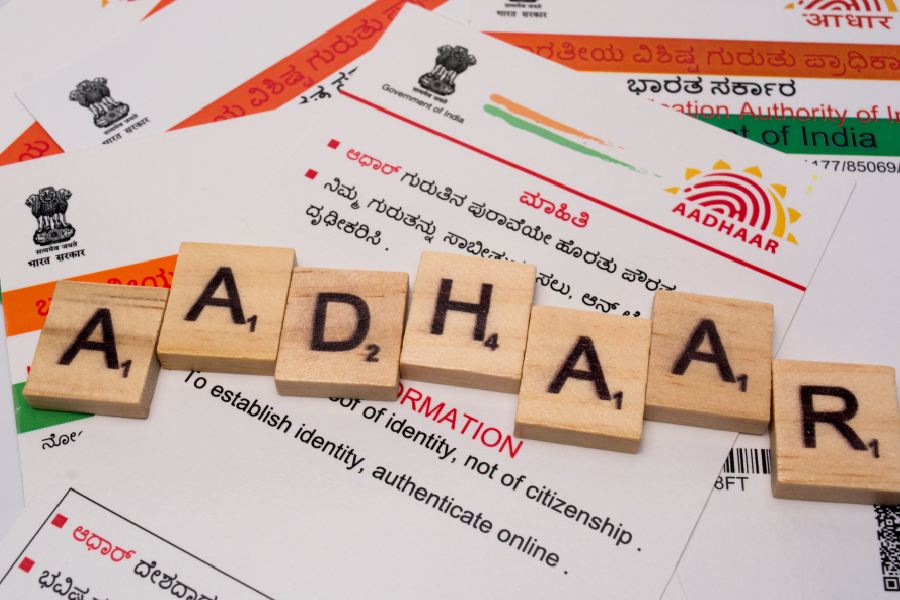
New Delhi, July 27: It's official: The Indian Council for Cultural Relations' Azad Bhavan auditorium here has never drawn crowds in recent years, like it did for the Xattriya performance yesterday.
"I need to consult Bhaskar Jyoti Mahanta on how he has been able to fill up this auditorium, which we haven't been able to do in the last few years," ICCR director general Satish C. Mehta said after inaugurating the show.
Mahanta, Assam's additional DG of police (railways), is a Xattriya performer himself and a key organiser of yesterday's performance by his daughter Srijani Bhaswa Mahanta. His association with the programme, organised by the Srimanta Foundation and sponsored by Oil India Limited, was instrumental in attracting a stellar audience - rasikas or experts from several Indian dance forms, Union sports and youth affairs minister Sarbananda Sonowal, Prasar Bharati CEO Jawhar Sircar, Sashastra Seema Bal DG B.D. Sharma and several bureaucrats and politicians.
So, how does a classical dance - practised without much alteration for more than five centuries - find relevance in Delhi's young audience? For starters, the main performer Srijani - a 21-year-old political science graduate from Lady Shri Ram College - gave brief explanations of each part of her two-hour performance in English, with mudras and songs. Her being an untrained albeit vocalist par excellence, helped. With injured tendons of her left leg on her first formal full-length Xattriya recital in Delhi, the pressure on the artiste was obvious.
The five-act, accompanied with live traditional Assamese music, began with the customary Sutradhari Nritya in which Srijani sang and danced to the Dheyang Sada shloka. The short performance, set on record the skills of the artiste, and was a fitting prelude to the main show. This was followed by the inauguration by danseuse and Padma Vibhushan awardee Sonal Mansingh, Sircar, Mehta and Sharma.
Srijani then performed the keligopal nat - one of the popular one-act Vaishnavite ankia nat plays authored by medieval social reformer Srimanta Sankaradeva - in the Prakriti chapter of the show.
The dance depicted the feelings of abandonment of the gopis when lord Krishna asks them to return to their homes. The danseuse magically guided the audience into a flashback where the gopis remind Krishna of happier days when he hid their garments while they bathed. As Srijani skillfully switched emotions from shock to shame and seduction, a parallel courtship of the flute by Prasanna Baruah and the violin by Dwipendra Sarma - in sync with the expressive eye movements of the the dancer - drew raptures of applause.
With the audience captivated, the show moved to an episodic presentation of the bhaona by four young monks from the Purana Kamalabari Satra of Majuli island on the Brahmaputra. Through an acrobatic and rhetorical dance drama in Brajawali - a language of the Xattriya that has words of Maithili, Odiya and Bengali - the monks depicted the battle between demon kings and avatars of Vishnu.
The story is told through the antics, music, roar of ly-rics and fire in the eyes of the monks played by Debajit Du-tta, Pankaj Saikia, Niranjan Hazarika and Manjil Kalita.
Srijani returned to the stage, in a male costume to perform the Bahar Ramdani dance with the monks. This was followed by the enactment of a Geet'r Naac (pronounced Geetornaach) - a ballad by Sankaradeva's disciple Madhavdev. The performance is a conflict between Krishna and the demon crane Bakasura, both played by the dancer.
Sheer physical prowess, control and a heart in tune with the language of dance led the dancer to weave a larger than life depiction of the conflict. She struggles with the demon, shivering in the fatigue of the battle. As Bakasura, she acrobatically fights Krishna - never letting the audience believe that victory is certain for either. She finally slays the demon and balances herself on her injured and decorated left leg, and just about maintains balance as the lights dim.
Mansingh, who was part of the effort leading to the recognition of Xattriya as a classical dance, was all praise for the dancers. She also described Srijani's singing as "impeccable, soothing and evocative".
Sircar reminded the audience that Xattriya is the only one of the eight Indian classical dances that has been performed without a break in tradition and reinvention and "cleansing" that Bharata-natyam, Odissi and Kathak have undergone to exist in their current form. The only major addition to Xattriya is that of female dancers, which the show proved was a wise decision.











